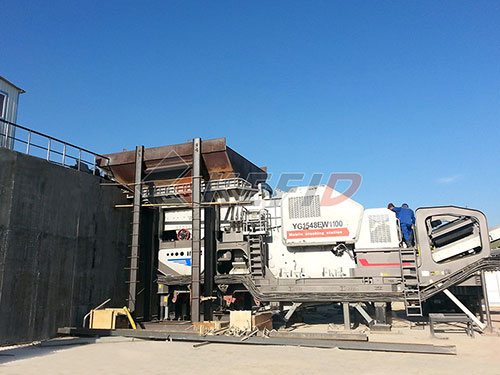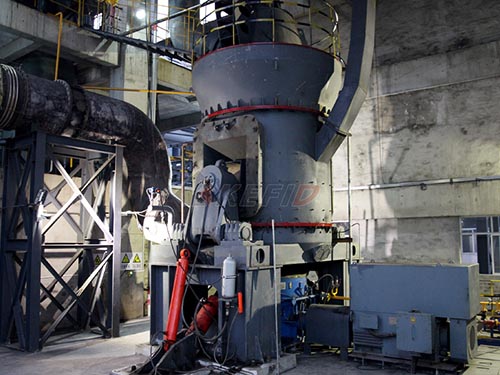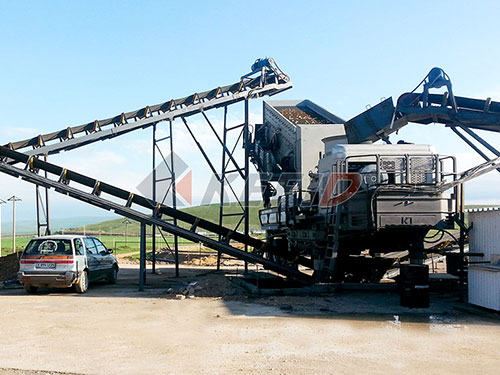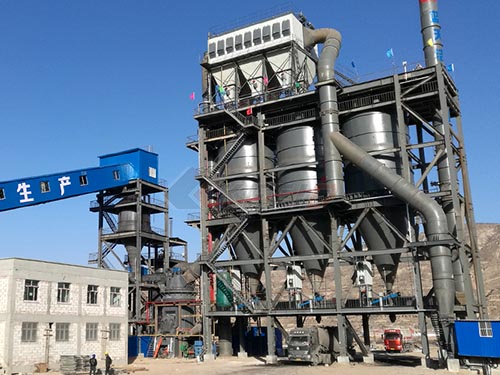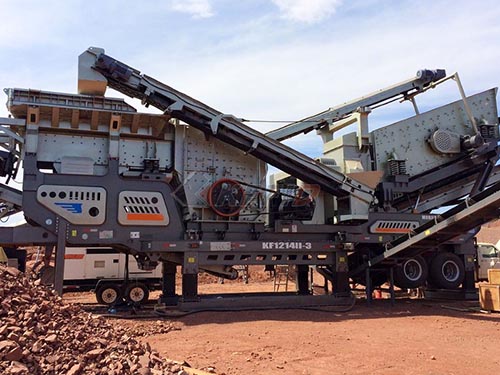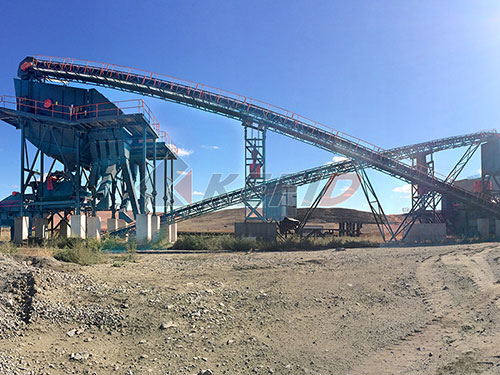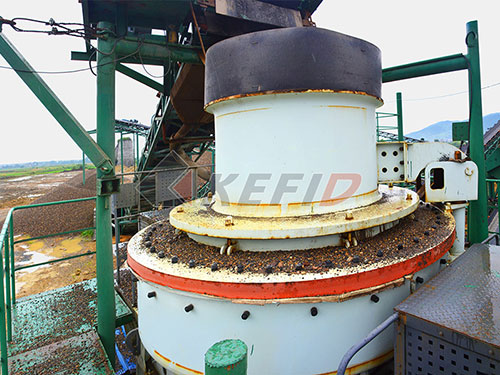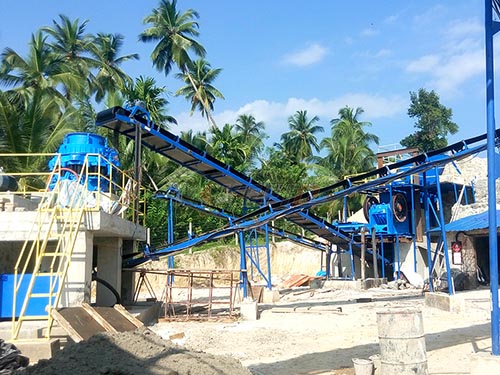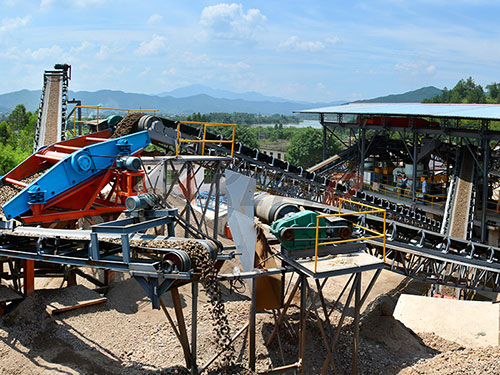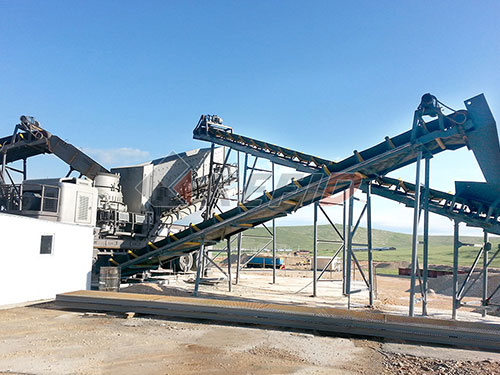The Golden Star Crusher Machine: Engineering Excellence for Demanding Applications
In the rugged world of aggregate production, mining, and recycling, efficiency and reliability are paramount. Equipment downtime translates directly into lost revenue and project delays. This is where machines like the Golden Star Crusher Machine carve their reputation – not through flashy gimmicks, but through robust engineering designed for sustained performance under pressure.
Built for the Long Haul: Core Principles
The Golden Star philosophy centers on durability and operational simplicity:
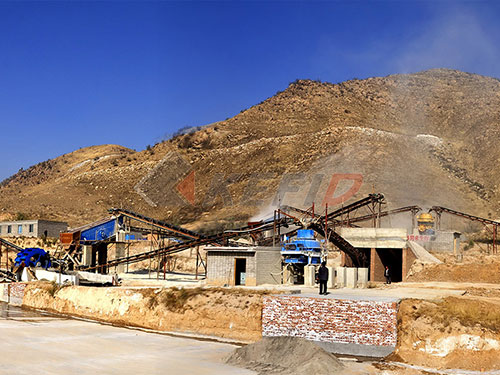
1. Uncompromising Construction: Utilizing high-grade steel alloys in critical stress points – think manganese steel jaws or impact hammers and reinforced frames – ensures resistance to wear and impact shock common in crushing hard rock or demolition debris.
2. Optimized Crushing Chambers: Precision-engineered chamber geometry facilitates efficient material flow and optimal size reduction on the first pass, maximizing throughput while minimizing recirculation load and energy consumption.
3. Robust Drive Systems: Heavy-duty bearings, precisely aligned driveshafts, and powerful motors deliver consistent power transmission essential for handling variable feed materials without strain.
4. Accessibility & Serviceability: Recognizing that maintenance is inevitable in harsh environments, Golden Star designs prioritize ease of access to wear parts like liners and blow bars. Hydraulic adjustment systems often allow quick changes without extensive downtime.
Addressing Industry Pain Points
The Golden Star Crusher tackles fundamental challenges:
Reducing Downtime: Enhanced durability means fewer unplanned stops for part replacements or repairs.
Lowering Cost per Ton: Efficient crushing action combined with long-lasting components significantly reduces operating costs over the machine’s lifespan.
Handling Tough Materials: Engineered specifically for demanding feeds like granite, basalt, or reinforced concrete.
Adaptability: Available configurations (jaw crushers for primary crushing, cone crushers for secondary/tertiary stages, impactors for shaping) allow integration into diverse production lines.
Features Driving Value:
High Capacity & Consistent Output: Engineered to deliver reliable tonnage meeting production targets shift after shift.
Advanced Wear Protection: Strategically placed wear plates and replaceable liners protect vital components from abrasion.
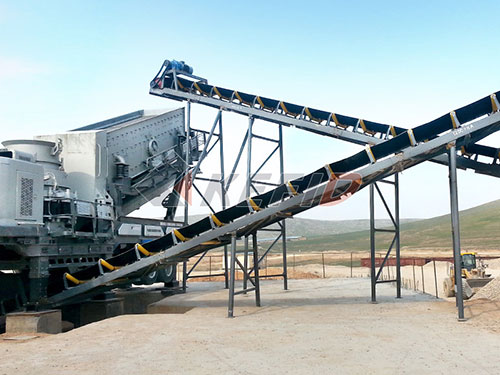
Intelligent Control Systems (Optional): Modern models often integrate PLC controls allowing operators to monitor performance metrics (power draw, throughput) remotely and optimize settings for efficiency.
Dust Suppression Integration: Designed to work seamlessly with water spray systems crucial for meeting environmental regulations



